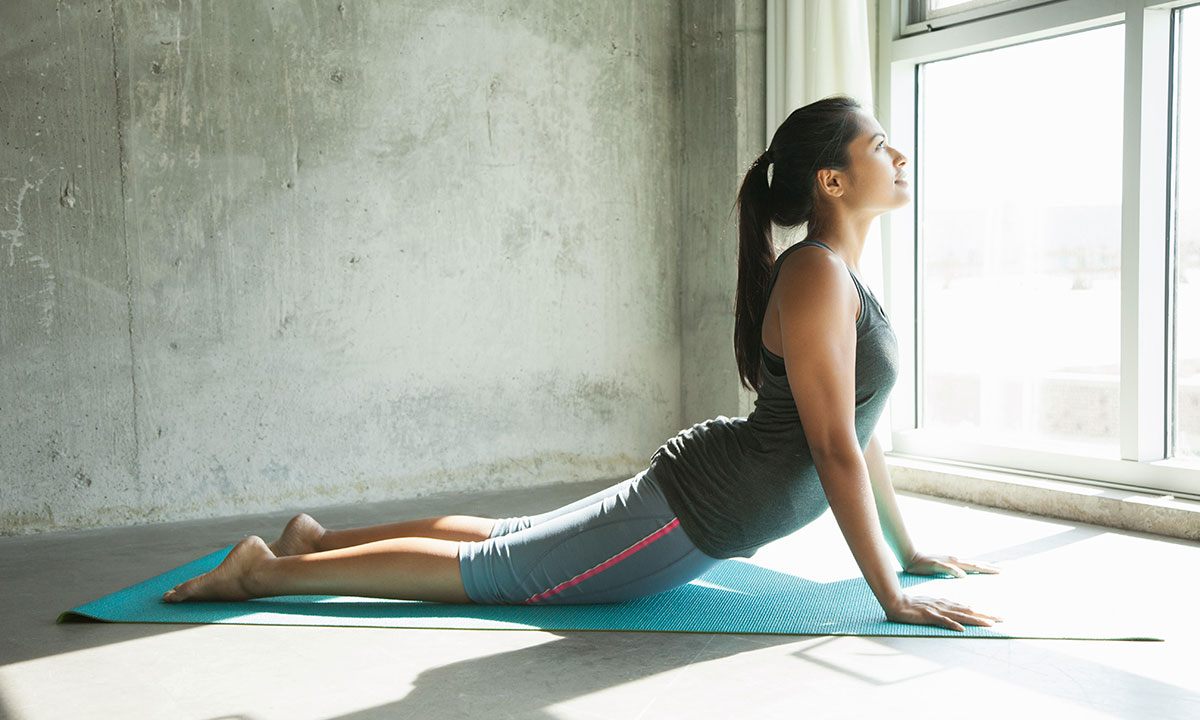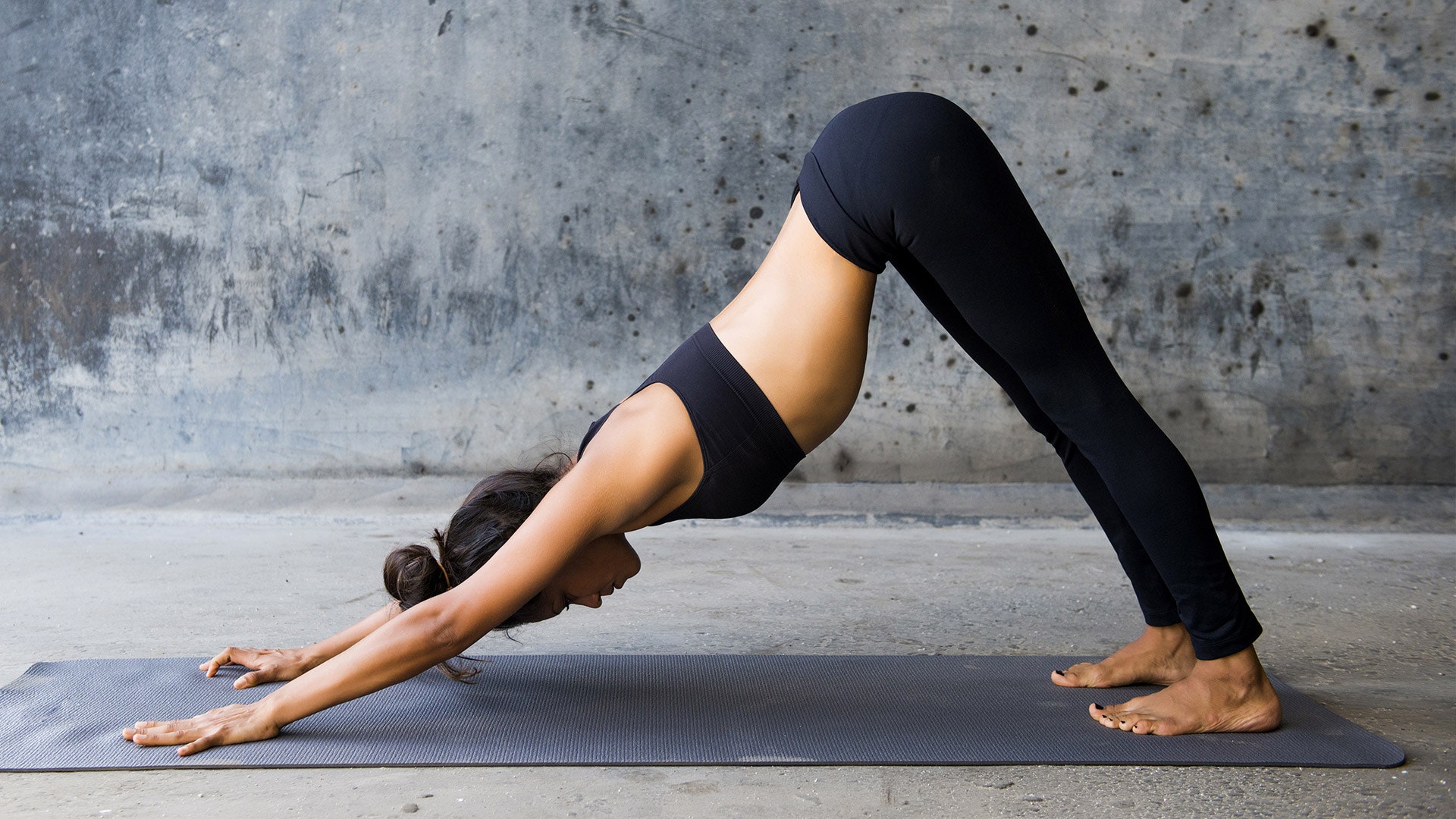Lower back pain is a common complaint and 80 percent of adults experience it at some point in their lives. Men and women suffer from it equally, according to the National Institute of Health. In most cases, lower back pain can be treated successfully. The Physical Therapy Journal reveals that exercise is the most effective and consistent way to recover from lower back pain. Additionally, these lower back exercises are also important to minimize the number and severity of back pain recurrences. Here are some Best Lower Back Pain Exercises For Strengthening.
Best Exercises for Lower Back Pain
The best exercises for lower back pain involve gentle stretching of the lower back, abdominal, gluteal, and core muscles. Each of the exercises listed below helps to strengthen these muscles, but should be done with caution. If you feel pain in your lower back, you should stop the exercise. Muscle aches or pains may be felt, but there should be no sharp pain. With each of the exercises, you can start with 5 reps, increasing the count as you gain strength. These are the best exercises to strengthen your lower back and relieve back pain.

Knee To Chest Exercise
The single knee-to-chest exercise is a gentle way to release tension in your spine while stretching your glute muscles. Therapists also recommend it for pain relief from degenerative disc disease or spinal stenosis.
Step 1: Lie on the floor, with your knees bent and your feet flat on the floor.
Step 2: Gently bring your knee towards your chest, while keeping your other foot on the ground.
Step 3: Hold for 3 counts and release to starting position. Repeat with the other knee.
Lower Back Rotational Stretches
It is important to relieve tension in the lower back muscles to relieve pain. Lower back rotation stretches are simple twists that gently work your lower back and core muscles.
Step 1: Lie on the floor, with your knees bent and your feet flat on the floor.
Step 2: Stretch your arms perpendicular to your body.
Step 3: Turn your bent knees to the one side.
Step 4: Hold the position for 3 seconds and bring your knees to the starting position.
Step 5: Gently turn your knees to the opposite side.
Step 6: Hold the position for 3 seconds and return to the starting position.
Also Read: Here Are 10 Exercises That Will Help You Practice Good Sleep
Draw-In Maneuver
The draw-in maneuver exercises, also known as the tummy vacuum, help to strengthen the transverse muscles of the abdomen. These muscles are the innermost core muscles that help stabilize the pelvis and lower back. According to the book “Therapeutic Exercise: Fundamentals and Techniques” by physical therapists Carolyn Kinser and Lynn Allen Colby, the draw-in maneuver is key to contracting the transverse muscles of the abdomen and strengthening the lower back.
Step 1: Lie on the floor, with your knees bent and your feet flat on the floor.
Step 2: Gently pull the belly button towards the spine.
Step 3: Make sure to contract your abdominal muscles slowly, without moving your pelvis and chest.
Step 4: Release your abdominal muscles and relax.
Cat Stretches
The cat stretch can help lengthen the back, strengthen it, and relieve tension in the muscles.
To perform the cat stretch:
Step 1: Get on your hands and knees with your knees hip-width apart.
Step 2: Arch your back, pulling your bellybutton up toward the spine.
Step 3: Slowly relax your muscles and let your abdomen sink toward the floor.
Step 4: Go back to the starting position.
Step 5: Repeat 3 to 5 times twice a day.
Also Read: Does Turmeric Helps to Lose Weight?
Partial Curls
Strong abdominal muscles play an important role in supporting your spine and can also help keep your hips aligned properly.
Weak abdominals can result in poor core strength and lack of stability, which can cause lower back pain. Curls and partial curls help develop a strong core.
To perform partial curls:
Step 1: Lie on the floor and bend your knees, keeping your feet flat and hip-width apart.
Step 2: Cross your hands over your chest.
Step 3: Breath deeply.
Step 4: As you exhale, activate your abdominal muscles by pulling on your stomach.
Step 5: Gently raise your head and shoulders 2 inches off the ground while keeping your neck in line with your spine.
Step 6: Hold for 5 seconds and then return to the starting position.
Step 7: Repeat the exercise 10 times.
Step 8: Perform 3 sets.
Also Read: Best Aerobic Exercises | Types And Health Benefits
Glute Bridges
Glute bridges help strengthen the largest muscle in the buttock, the gluteus maximus. It also works on the rest of the core muscles, like the rectus abdominis, and is effective in preventing back pain, according to a 2017 study published in the Journal of Physical Therapy Science. When doing glute bridges, be sure to lift your hips only as far as is comfortable.
Step 1: Lie on the floor, with your knees bent and your feet flat on the floor, hip-width apart.
Step 2: With your palms at your sides, lift your hips off the ground while pressing your feet into the ground.
Step 3: Try to hold it steady for 3 counts, before resting your hips on the ground.
Lying Lateral Leg Lifts
Lying lateral leg lifts work the hip abductor muscles. These muscles support the pelvis and can help reduce strain on the back.
Keeping these muscles strong is essential, as they help a person maintain their balance and can affect mobility.
To perform lying lateral leg lifts:
Step 1: Lie on one side with the legs together.
Step 2: Keep the lower leg slightly bent.
Step 3: Draw the bellybutton into the spine to engage the core muscles.
Step 4: Raise the top leg about 18 inches, keeping it straight and extended.
Step 5: Hold the position for 2 seconds.
Step 6: Repeat 10 times.
Step 7: Turn onto the other side of the body and repeat, lifting the other leg.
Step 8: Perform 3 sets on each side.

